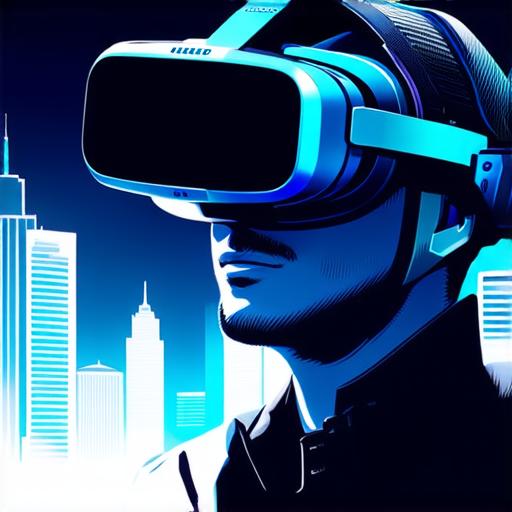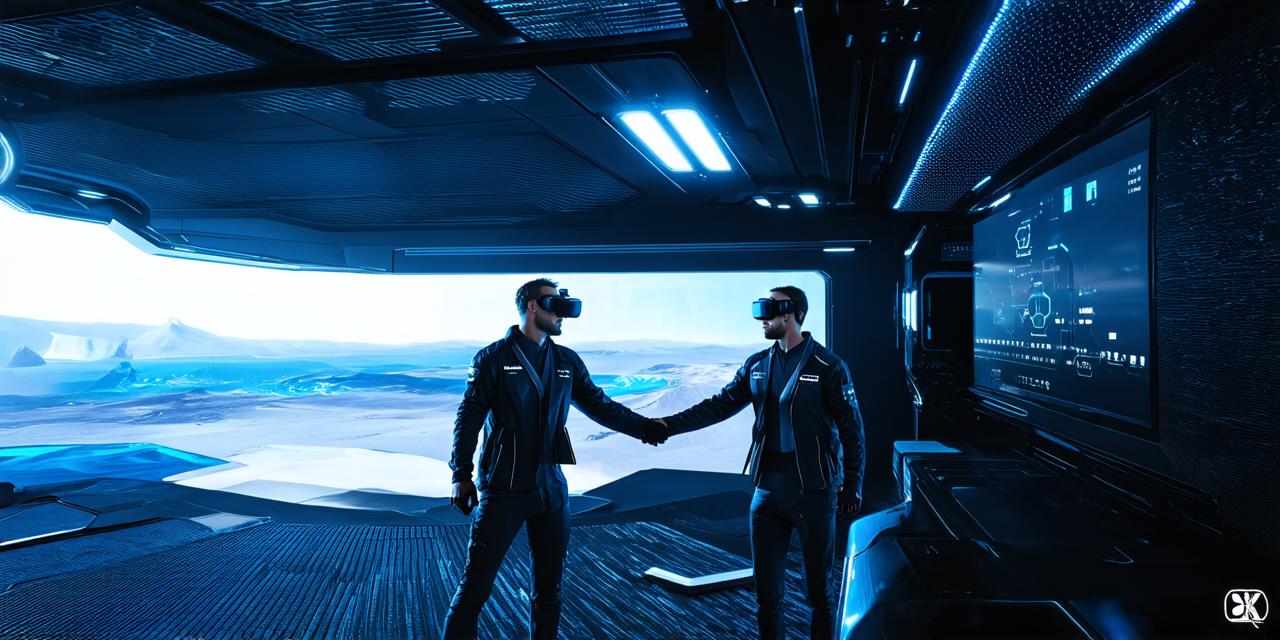Applications and Uses of Virtual Reality Technology: A Comprehensive Guide for Virtual Reality Developers
Healthcare:
Virtual reality has the potential to revolutionize healthcare by providing patients with immersive experiences that can aid in their recovery process. One example of this is virtual reality therapy for patients with anxiety or PTSD. By simulating real-life situations, patients can confront their fears in a safe and controlled environment. This type of therapy has been shown to be highly effective and is currently being used by healthcare providers around the world.
Another application of VR in healthcare is surgical training. Surgeons can use virtual reality simulations to practice complex procedures, allowing them to hone their skills and reduce the risk of mistakes during actual surgeries. This not only improves patient outcomes but also saves costs by reducing the need for repeat surgeries.
Education:
Virtual reality has the potential to transform education by providing students with immersive learning experiences that can help them better understand complex concepts. For example, VR simulations can be used to teach students about history by allowing them to explore ancient civilizations or historical events in a fully immersive environment.
In addition, virtual reality can be used to teach students about science and technology. By using VR simulations, students can gain hands-on experience with complex concepts such as engineering and physics. This not only makes learning more engaging but also allows students to better understand the material.
Entertainment:
Virtual reality has already transformed the entertainment industry by providing gamers with immersive experiences that are unlike anything they have ever experienced before. From first-person shooter games to adventure games, VR provides a level of engagement and immersion that traditional gaming simply cannot match.
In addition, virtual reality is also being used for live events such as concerts and sports games. By using VR technology, fans can experience the event as if they were actually there, providing them with a unique and memorable experience. This not only benefits fans but also provides new revenue streams for event organizers.
Tourism:
Virtual reality has the potential to revolutionize the tourism industry by allowing people to explore destinations around the world without ever having to leave their homes. For example, VR simulations can be used to take virtual tours of museums, art galleries, and historical landmarks. This not only provides a unique and engaging experience but also helps to preserve these important cultural heritage sites.
In addition, virtual reality can also be used for adventure tourism activities such as skydiving and scuba diving. By using VR simulations, people can experience these thrilling activities in a safe and controlled environment. This not only provides an exciting new way to explore the world but also reduces the risk of injury or death associated with these types of activities.
Retail:

Virtual reality is already being used by retailers to provide customers with immersive shopping experiences that are unlike anything they have ever experienced before. By using VR technology, customers can virtually try on clothes and furniture, explore store layouts, and even see how products will look in their own homes. This not only improves the shopping experience but also reduces the need for physical product samples and returns.
In addition, virtual reality can also be used to create virtual showrooms for real estate agents and homebuilders. By using VR simulations, customers can virtually tour properties and see how they would look in their own homes. This not only provides a unique and engaging experience but also helps to reduce the need for physical property viewings.
Transportation:
Virtual reality has the potential to transform the transportation industry by providing drivers with immersive training experiences that can help them better understand complex driving scenarios. For example, VR simulations can be used to train drivers how to handle adverse weather conditions such as snow and ice. This not only improves driver safety but also reduces the risk of accidents on the road.
In addition, virtual reality can also be used for automotive design and engineering. By using VR technology, designers can create and test new car models in a fully immersive environment. This not only saves time and money but also allows for more accurate simulations of how cars will perform in real life.
Conclusion:
Virtual reality technology is transforming the way we interact with digital content and has countless applications across various industries. As a virtual reality developer, you have the opportunity to be at the forefront of this exciting new technology and help shape the future of VR. By understanding the many applications and uses of VR technology, you can create innovative solutions that will improve people’s lives and change the world as we know it.
